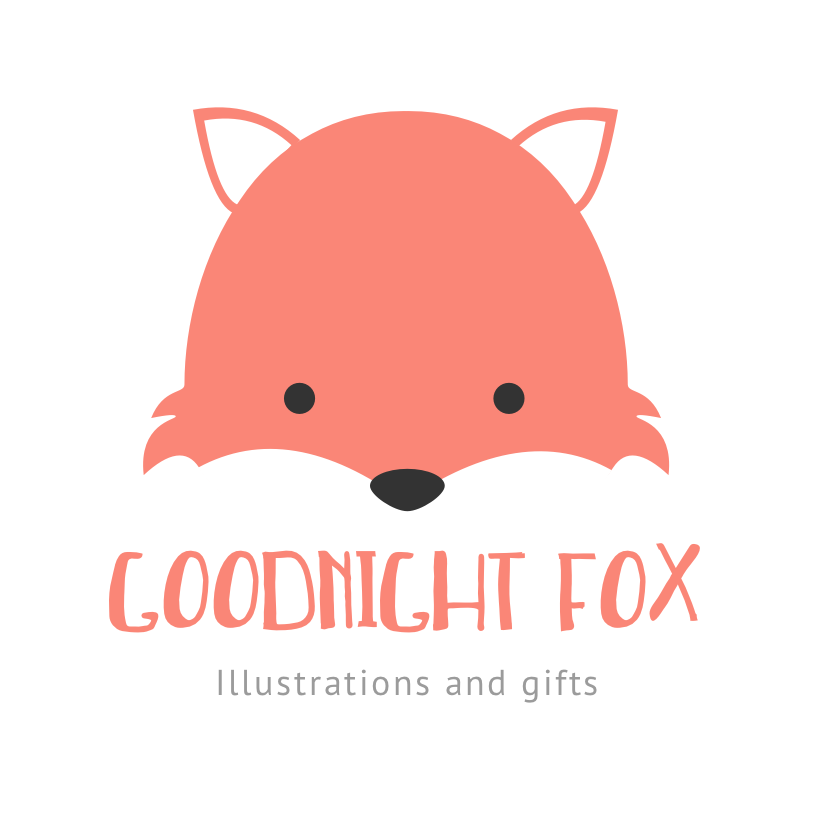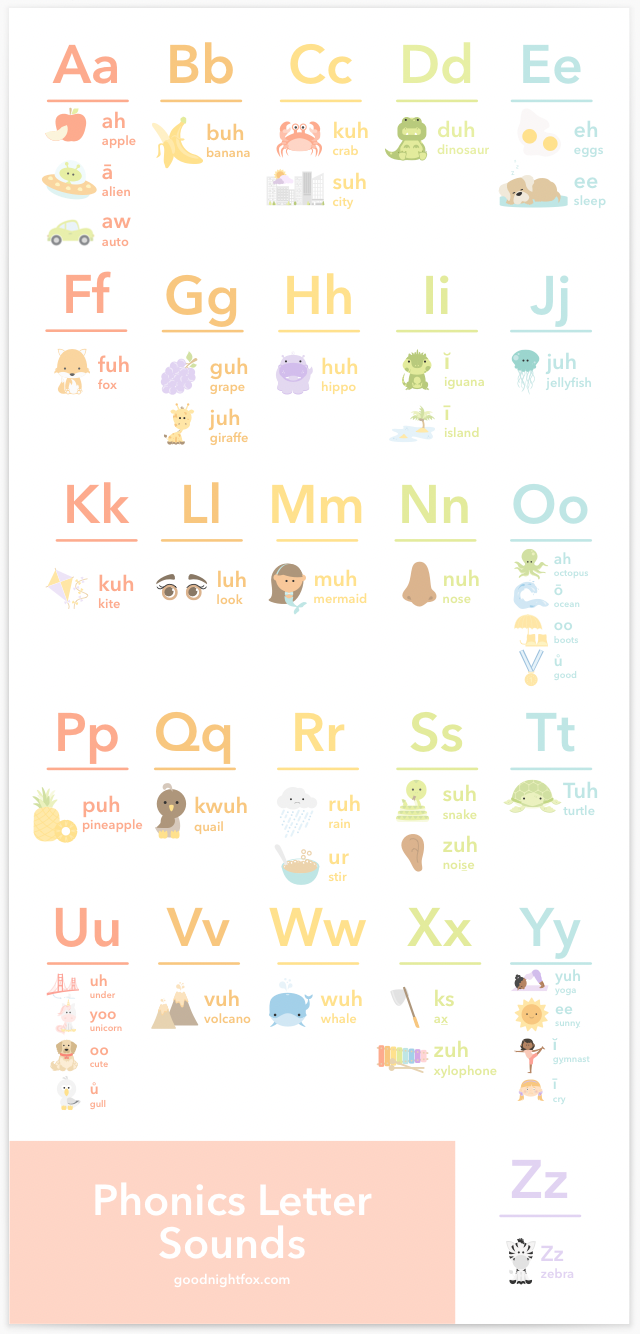When I started to teach Sofie her letter sounds, I thought it would be super simple. But as I began, I realized each letter makes so many sounds it was hard to keep track. And I couldn’t find any simple materials that spelled it all out.
How many sounds does each letter make?
How do you write out phonetic spellings of sounds?
How many sounds are there in the English language?
So I decided to add this Letter Sounds kit to the collection. It includes a pack of 26 cards each with the letter and the corresponding sounds as well as examples.
Why Phonics is the Key to Unlocking a Love of Reading for Toddlers
As a parent, you want nothing more than to give your child the best start in life. One of the most important skills you can help your child develop is the ability to read. And while teaching a toddler to read may seem daunting, the key to success is starting with the basics: phonics.
Phonics is the systematic approach to teaching children the relationship between letters and the sounds they make. By learning to recognize and manipulate the sounds that make up words, toddlers are better equipped to decode and read words on their own. This is the foundation for reading fluency and comprehension.
But how do you go about teaching phonics to a toddler? One of the most effective tools you can use are letter sound flash cards. These cards, featuring colorful illustrations and clear lettering, help children associate the shape of a letter with the sound it makes. This makes the learning process fun and interactive, encouraging children to take an active role in their own education.
Our letter sound flash cards, for example, are designed to make learning phonics easy and fun for toddlers. The set includes 52 cards, one for each letter of the alphabet, and is color-coded to help children easily identify vowels and consonants. Additionally, each card features a related word and picture to help children make real-world connections between the letter and its sound.
But flash cards are just the beginning. Once children have a solid foundation in letter sounds, they can start to put those sounds together to form words. This is when the real magic happens, as children begin to see the connections between the letters and the words they see around them.
Don't wait for your child to start school to start teaching them the basics of reading. Give them a head start by introducing them to phonics and letter sound flash cards at an early age. With a strong foundation in phonics, your child will be well on their way to reading success. And our letter sound flash cards are a great tool to help you achieve that.
In conclusion, investing in letter sound flash cards for your toddler is an investment in their future. By teaching them the basics of phonics early on, you are setting them up for success in reading and beyond.
Phonics Lesson Plan
Monday:
Introduction to the alphabet: Show the toddlers the alphabet chart and point out the different letters to them. Go through the letters one by one, saying the name and the sound of each letter.
Letter matching game: Cut out different letters from a magazine and have the toddlers match them to the corresponding letter on the alphabet chart.
Tuesday:
Beginning sounds: Show the toddlers pictures of different objects and have them identify the beginning sound of each word. For example, "What's the beginning sound of apple? /a/."
Sound sorting: Give the toddlers a set of pictures and have them sort them into groups based on the beginning sound.
Wednesday:
Middle sounds: Introduce the concept of middle sounds by using words with a single middle sound and have them identify the middle sound. For example, "What's the middle sound of rabbit? /b/."
Sound blending: Give the toddlers a set of sounds and have them blend them to make a word. For example, /c/ /a/ /t/ = cat.
Thursday:
End sounds: Introduce the concept of end sounds by using words with a single end sound and have them identify the end sound. For example, "What's the end sound of dog? /g/."
Sound segmenting: Give the toddlers a word and have them identify and say the individual sounds that make up the word. For example, "What sounds do you hear in the word map? /m/ /a/ /p/."
Friday:
Review and assessment: Review the concepts and skills taught throughout the week and assess the toddlers' understanding through a series of activities and games.
Letter sound song: Sing the alphabet song and have the toddlers repeat the sounds and letters after you.
Note It's important to keep the lesson interactive, hands-on, and fun for the toddlers. It's also essential to provide lots of positive reinforcement and encouragement throughout the week.





